In August this year I decided to pay visit to Havana Cuba, by the time I was living in Playa del Carmen a city located 70 km south of Cancun- México so I was very close to Cuba, less then a hour flying from Cancun.
I didn’t know much about Cuba, just what I sometimes heard on the news, I knew that they lived in a Political Regime, that the cars where very old, that they have really nice beaches, and that they love music like Salsa and Rumba
I book my two day’s vacation to the weekend of 12th and 13th of August, not knowing that it was the weekend of the celebration of Fidel Castro 80th Birthday, I just knew by the news that he was very sick and that he was in the hospital.
I tell I didn’t know about Fidel Castro birthday and the Regime because I was surprised by it as soon as I arrived to Cuba. In the passport control at the airport in Havana the police ask me if in I had any photographic camera witch I told them I had not just one but my two Digital SLR’s. What a big trouble for me it come from that, they took my passport, I saw it pass from hand to hand and they where not giving me explanations about what was happening.
I waited more than 30 minutes, every time I ask what was happening I had a Cuban woman saying to me in a very aggressive voice to just wait. Finally and after another 20 minutes one man called me, he was from the press department of the government of Fidel Castro, and he then ask me if I was Journalist, and if I wasn’t, why I had such good cameras. He told me that if I was Journalist I would have to ask previously from entering the country for a special visa because this was a very delicate time and the Government doesn’t allowed to many journalists in Cuba.(later I knew that they where refusing entrance to all journalists even with that special visa)
Well but after this entire episode I enter the country and I went to stay in a private house located in the “new” Havana, it wasn’t the best place but it was acceptable for the price.
The next day I went down town to visit “Old Havana”, I started in the famous ocean avenue The Malecón, it runs for about 7 kilometres and there you can start feeling the “spirit” of Havana, everywhere you look you will be amazed by it and you can see that the descriptions on the books are there for you to feel it for real, the old cars passing in the avenue, lovers sit cuddling together, locals taking a nap, playing or fishing, sometimes asking "Hey man, where do you come from?", teenage “jineteras” cat-call and make dreamy eyes at tourist men, and you can breath the fresh air and enjoy the ocean in one side and the old buildings in the other.
After walking a bit in the Malecón I enter the streets of Old Havana, I couldn’t believe what I was seeing and feeling, everywhere I looked I feel that I wanted to take a photo, the people had so strong expression, the Colonial buildings where old, very old but amazing, the cars on the streets also very old and the energy was something that only being there you can feel it.
Two local Cuban come to meet me and ask if I want them to be my guide in the city, I wasn’t very secure if it was safe but I prefer to pay them a little bit and see the true inner city then not seeing it and they looked nice guys. We made a “tour” in areas of the city that I didn’t see any tourist and were I could listen and understand them saying to other people “ He’s my guest He’s ok”. We went then thru very tight street and an alley to a house of a friend of then to buy a box of Cuban Cigars “Everyone that goes to Cuba as to buy the true Cuban Cigars”.
I asked these guys what they think about the Regime and one of them was very sad because he couldn’t get out of the country to visit or go live with his girl friend in Canada, the government doesn’t allow them to leave the country.
After this tour and after buying the cigars the two guys went way and I continued to the more touristic zone, I went to drink a Mojito in the bar “La Bodeguita del Medio” where the famous writer Ernest Hemingway use to go.
Near there I meet a Sweden press photographer Thomas Nilsson, he was there in Cuba to cover the birthday of Fidel Castro and in one street before I had seen a wall painted with a message about Fidel Birthday so me and Thomas went there to take some pictures. We also went again to other less touristic zones, but this time we had no local guide and when we where taking pictures inside a building with a lot of local people curious about our cameras I saw two cops entering the building and start asking questions to one of the local guys there, asking if we where buying drug or if we where journalists asking questions about Fidel or the Regime. I immediately stopped taking photos and went out side but Thomas continued inside, when I went outside I passed near another cop and heard on his radio “ Check if they are Journalists!!! Check if they are Journalists!!!” so I went inside and called Thomas, in the confusion of people inside and outside we went away from there and we rush into a touristic zone.
Thomas had to go back to his hotel to send an article but we agree to meet later in a famous night club called “Casa da Musica”
So I went back to the house to take a nice shower and rest a bit from the more then 12 km I had walk during the day.
At night I went to this place and it was great to see a famous Cuban band play Salsa and Rumba songs and see how the people dance and how people vibrate with the Cuban music, the energy was really amazing.
In the end of the night no Taxis where available so I had to walk back home, I passed again in The Malecón the temperature was warm and the atmosphere was unbelievable, thousands of people where there, dancing, chatting, seated, drinking it was really great to see that, apparently near by it had been a concert celebrating the anniversary of Fidel Castro.
It had been a really busy and tiring day and I had just another day to discover Havana so I went home to sleep.
Next day I went again downtown, it was Sunday and more people where on the streets, it was also the day of the birthday of Fidel Castro. In the streets and after the incident from Saturday I start noticing the presence of the police and they where everywhere, I didn’t went back to the old Havana, I just hanged around downtown taking more photos talking to locals and just relaxing in some coffees listening to salsa and rumba music.
Later that day and talking to the lady in the House where I stayed and commenting that I saw a lot of police on the streets during the day she told me that they where just the ones I could see but there where the double or more undercover, she also told me that the Cubans live with fear, they have fear to speak, fear to express them selves against the regime and the political decisions and that in a way they are expecting that Fidel Castro dies for some changes take place, she told me that the average salary is twelve dollars and that with this dollars they have to change it for tickets to buy food, this food is rationalized. There isn't enough food in the country to feed all of the Cuban population.. The reason for this is mostly due to the US economic embargo imposed against Cuba starting in 1960. As a consequence of chronic food shortages, Cubans are issued with ration cards that determine how much of everything that a person or a family are entitled to on a daily/monthly basis.
Cubans get their groceries at a local 'peso store', the book "says" what one can buy. E.g. A family is entitled to rations of milk only if that family has a child, or children, under the age of six. This ration-book is also saying, how much beans, rice and coffee your family can buy, in pesos. In addition, simply having a ration book does not ensure that the person or family will get food, and foodstuffs because the peso stores also suffer food and household supply shortages. As an example, in January 2002, bar soap was rationed to half a bar per person per month!
It’s really sad for me to hear this and think how this people live they’re life’s, I could not imagine myself not being able to travel, to speak free about what I think, not being able to gain more money if I work more to or to do my own choices. I really feel sorrow for the Cuban people and I hope this situation changes soon.
This two days where unforgettable for me, the Cuban people are amazing, friendly and they still are happy.
For me was also an overwhelming experience to be able to visit Cuba with such tight Regime and feel it in the “skin” .
I didn’t meet Thomas again but after some weeks I receive an email from him saying that the police went to his hotel and told him to leave the country knowing that he and his friends where journalists, so he ad to leave the country, and the police where at the airport making sure they went away.
© Miguel A. Lopes
 © Miguel A. Lopes
© Miguel A. Lopes
 © Miguel A. Lopes
© Miguel A. Lopes © Miguel A. Lopes
© Miguel A. Lopes © Miguel A. Lopes
© Miguel A. Lopes © Miguel A. Lopes
© Miguel A. Lopes © Miguel A. Lopes
© Miguel A. Lopes © Miguel A. Lopes
© Miguel A. Lopes © Miguel A. Lopes
© Miguel A. Lopes © Miguel A. Lopes
© Miguel A. Lopes
 © Miguel A. Lopes
© Miguel A. Lopes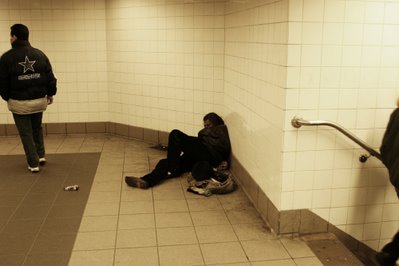 © Miguel A. Lopes
© Miguel A. Lopes © Miguel A. Lopes
© Miguel A. Lopes © Miguel A. Lopes
© Miguel A. Lopes © Miguel A. Lopes
© Miguel A. Lopes © Miguel A. Lopes
© Miguel A. Lopes © Miguel A. Lopes
© Miguel A. Lopes © Miguel A. Lopes
© Miguel A. Lopes © Miguel A. Lopes
© Miguel A. Lopes © Miguel A. Lopes
© Miguel A. Lopes © Miguel A. Lopes
© Miguel A. Lopes © Miguel A. Lopes
© Miguel A. Lopes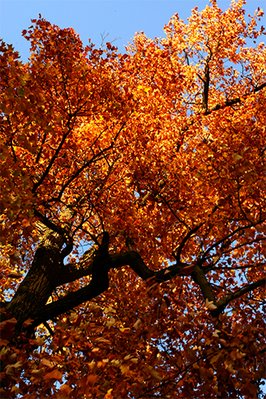 © Miguel A. Lopes
© Miguel A. Lopes © Miguel A. Lopes
© Miguel A. Lopes
 © Miguel A. Lopes
© Miguel A. Lopes © Miguel A. Lopes
© Miguel A. Lopes © Miguel A. Lopes
© Miguel A. Lopes © Miguel A. Lopes
© Miguel A. Lopes © Miguel A. Lopes
© Miguel A. Lopes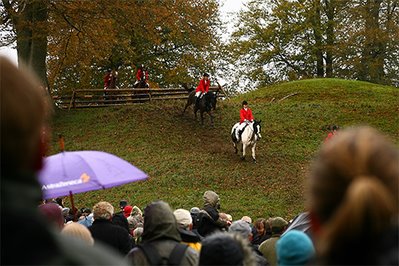 © Miguel A. Lopes
© Miguel A. Lopes © Miguel A. Lopes
© Miguel A. Lopes 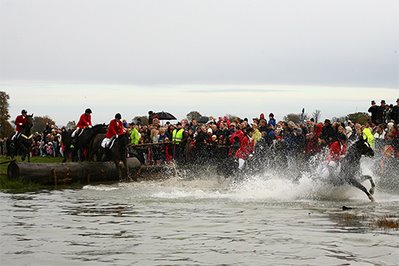 © Miguel A. Lopes
© Miguel A. Lopes © Miguel A. Lopes
© Miguel A. Lopes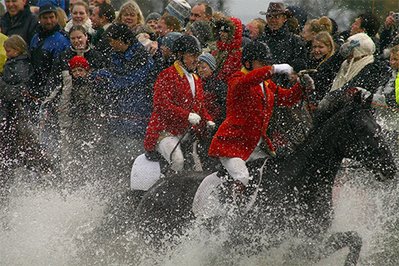 © Miguel A. Lopes
© Miguel A. Lopes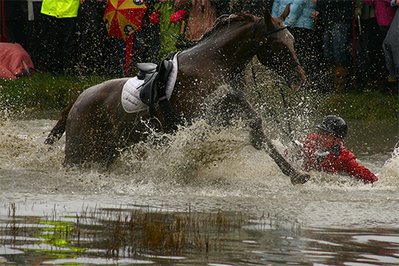 © Miguel A. Lopes
© Miguel A. Lopes © Miguel A. Lopes
© Miguel A. Lopes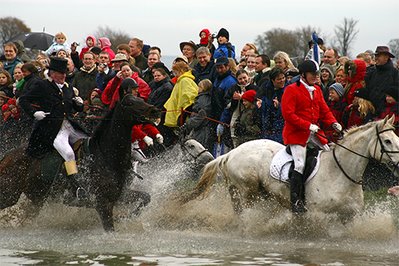 © Miguel A. Lopes
© Miguel A. Lopes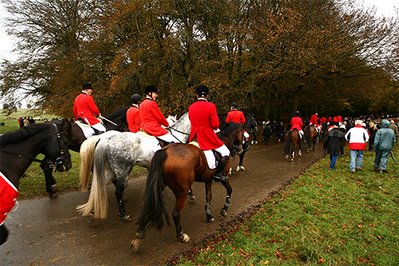 © Miguel A. Lopes
© Miguel A. Lopes © Miguel A. Lopes
© Miguel A. Lopes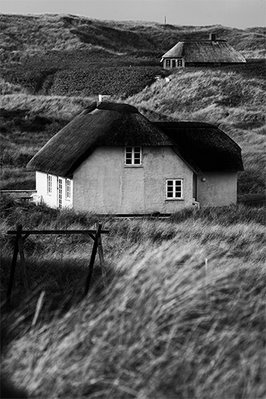 © Miguel A. Lopes
© Miguel A. Lopes © Miguel A. Lopes
© Miguel A. Lopes © Miguel A. Lopes
© Miguel A. Lopes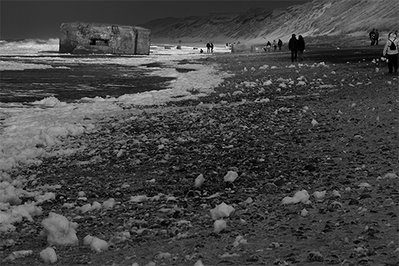 © Miguel A. Lopes
© Miguel A. Lopes